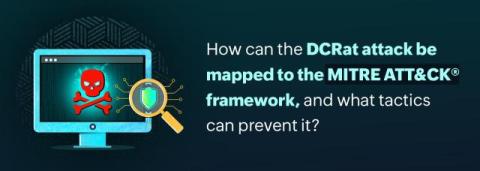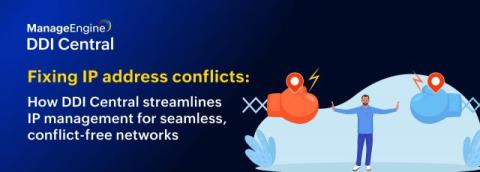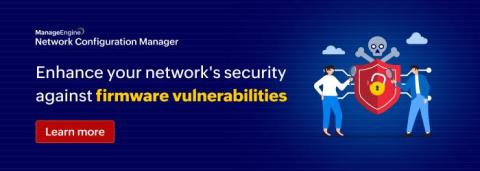How programming IP networks with a full-stack DDI solution drives digital transformation in food services
In the modern food service industry, connectivity has evolved from a convenience to a necessity. Customers now expect fast and reliable internet access while dining, whether for entertainment, staying connected, or managing personal tasks. With smartphones, tablets, and smart devices becoming integral to daily life, providing seamless connectivity enhances the customer experience, fosters loyalty, and boosts revenue.













